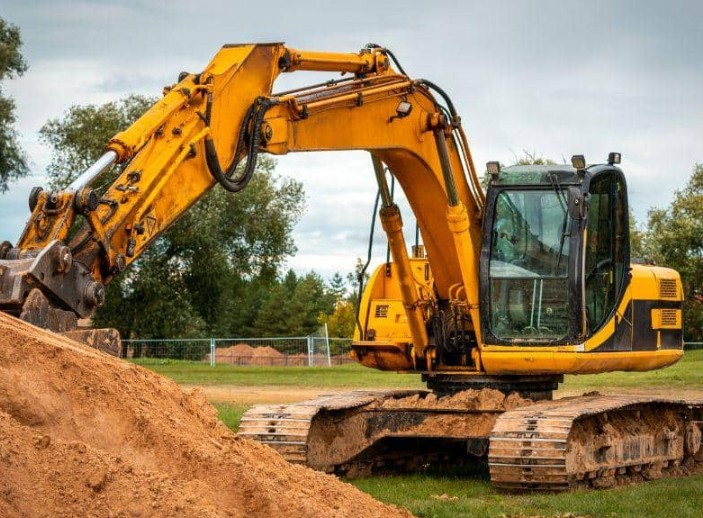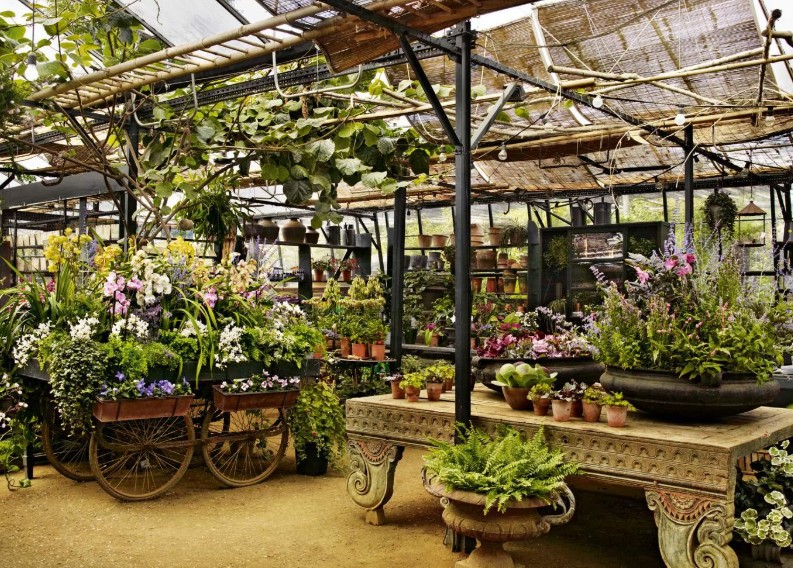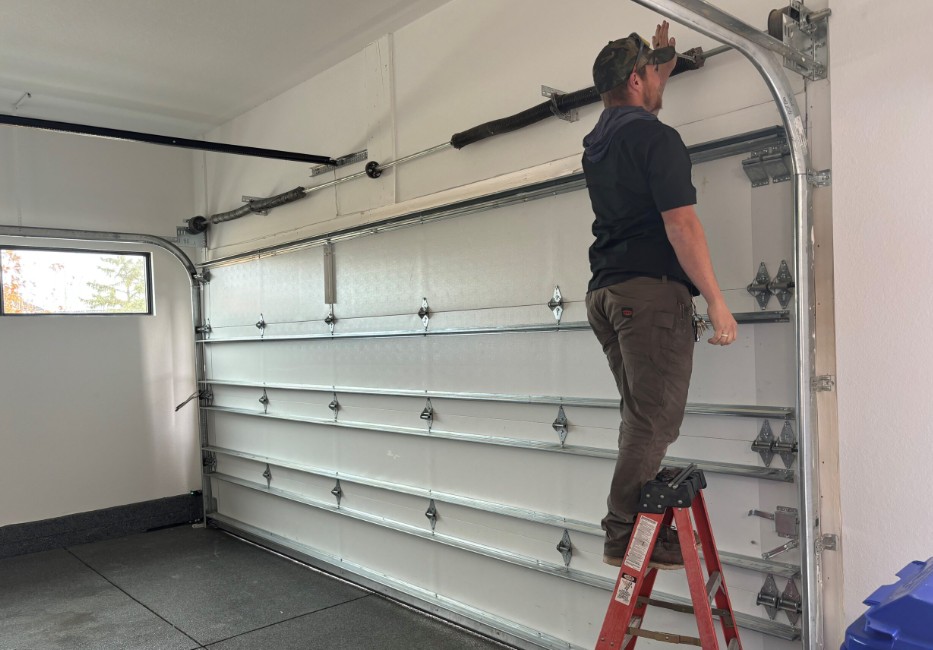How to Grow Broccoli in a Home Garden

The phrase “eat your veggies” might bring back memories of overcooked greens, but fresh broccoli from your vegetable garden is a far cry from the mushy stuff that once lurked on childhood plates. From purple to emerald to chartreuse, the many colorful varieties of broccoli bring a unique palette of flavors to the dinner table.
Easy to grow, quick to cook, and nutrient-dense, this superfood will soon have you singing its praises. Plus, broccoli is a cool-season veggie, so it can bring harvestable food to your table long before (and long after) many other vegetables’ peak growing season has come and gone. Read on for details and tips about how to grow broccoli at home.
RELATED: How to Grow Your Own Food
Growing Broccoli at a Glance
Common Name: Broccoli
Scientific Name: Brassica oleracea var. italica
Hardiness Zone: Zones 2 through 11
Soil: Slightly acidic to neutral, pH 6 to 7
Light: Full sun
Water: Regular water
Food: Balanced, low-nitrogen fertilizer; feed twice before heads form
Propagation: Typically grown from seed
Safety: Nontoxic to pets and humans
Broccoli Characteristics
Broccoli is a member of the Brassicaceae family, which includes mustard, cabbage, Brussels sprouts, cauliflower, kale, and kohlrabi. These are also known as cole crops. A cool-season crop native to the Mediterranean, broccoli boasts a long harvest period, and its reputation as a cool-season vegetable means that seeds can be planted later in spring or even summer, allowing for a fall vegetable harvest after many other veggies are done. It can even be planted as a first crop in spring before other vegetables are ready.
Growing broccoli is fairly easy, so it’s a great vegetable for beginning gardeners. It germinates easily from seed, and just a dozen plants will supply a household of four with plenty of broccoli for the season. Broccoli generally grows 2 to 3 feet tall with clusters of green (or purple) flower buds on a central stalk. When the central clusters are removed, the side branches of the plant lengthen and produce smaller clusters.
Not all types of broccoli are created equal, at least not in taste. With hybrids that include sweeter, tender varieties and heirloom plants that are making a comeback, broccoli is a superfood that provides many nutrients. Not only does broccoli contain protein, vitamin K, vitamin C, iron, potassium, chromium, and folic acid, but it also has high concentrations of phytonutrients—especially glucosinolates, which are currently being studied for their role in cancer prevention.
Recommended Broccoli Varieties
- Waltham 29: A tried-and-true variety with 4- to 8-inch heads that are a deep green.
- Imperial: Features dark-green heads, much like the typical broccoli seen in grocery stores. Good for summer growing, harvest imperial broccoli in summer or early fall.
- De Cicco: An Italian heirloom broccoli that produces smaller heads. It has a long growing season and can be harvested in spring or fall.
- Bonarda: A cold-tolerant miniature broccoli with pretty little purple florets. Great for summer planting to harvest in fall in colder climates. It can even be planted in early fall to overwinter for early spring harvest in milder climates. It won’t survive winters below 20 degrees Fahrenheit.
- Burgundy: Beautiful purple buds and purplish stems, it looks attractive in the garden bed but also makes tall plants with lots of side shoots for easy harvest.
- Romanesco: Chartreuse, pointed heads that look great in the garden and have a milder flavor.
RELATED: 12 Fast-Growing Vegetables for Your Home Garden
Planting Broccoli
Because broccoli prefers cooler temperatures, for a spring harvest start by planting broccoli seeds indoors. Seedlings are generally ready 4 to 6 weeks after sowing. Set plants outside a few hours each day to harden them off during the 2 to 4 weeks leading up to the last frost. The plants will resist light frost but cannot handle a freeze. If planting for a fall vegetable crop alongside the likes of kale, radishes, and salad greens, seeds can be planted directly in the ground or started in pots and transplanted when they are old enough.
While seeds need consistent temperatures between 75 and 80 degrees Fahrenheit to germinate, broccoli plants themselves do not like heat, which will cause them to bolt and flower too fast, shortening or even ruining the harvest by creating a bitter taste in the broccoli.
When is the best time to plant broccoli?
Because broccoli is a cool-season vegetable, it should be planted in either early or mid-spring for an early summer harvest, or in late summer for a fall harvest. In very mild climates, broccoli can be planted in late summer, fall, or early winter for winter or early spring crops.
Where can broccoli grow?
Plant broccoli in a raised bed or vegetable bed with well-draining soil enriched with compost in a full-sun location. Broccoli needs 6 to 8 hours of sun to produce flowers, which are the part of the plant that’s ultimately harvested. Skimping on broccoli spacing is a common gardening mistake, so be sure to space the plants roughly 2 feet apart in rows that are 3 feet apart to allow each broccoli plant to reach its maximum growth potential.
How do you plant broccoli?
Planting broccoli is generally easy, but the time of year and climate will be the biggest factors in determining whether to sow directly in the ground or start seeds indoors.
When planting in spring for a summer harvest:
- Plant seeds indoors in a seed starting mix.
- Keep them at an average of 75 degrees Fahrenheit.
- Plants are ready to go in the ground after 4 to 6 weeks.
- Set broccoli seedlings out to harden off before transplanting, a few hours each day, for 2 to 4 weeks before the last frost date.
- Plant seedlings 1½ to 2 feet apart in rows, leaving 3 feet between rows.
- Plants will be ready to start harvesting within 50 to 100 days, depending on the broccoli variety.
If planting broccoli seeds directly in the ground, follow the instructions on the seed packet, but generally follow Step 5 to allow the broccoli plants enough room to grow.
When planting in summer for a fall harvest:
- Plant seeds directly in the ground in midsummer, following directions on the seed packet, spacing them 1 ½ to 2 feet apart in rows, with 3 feet between rows.
- Alternatively, plant seeds in pots in midsummer and transplant to the garden after other plants have been harvested but no later than 6 weeks after starting seeds.
- Plants will be ready to start harvesting within 50 to 100 days, depending on the variety.
Can you grow broccoli in containers?
Broccoli can be successfully grown in containers, providing the containers are not overplanted. Stick with one plant to every 5-gallon container. Be sure to keep the broccoli watered and fertilized adequately, as containers can leach water and nutrients faster. In general, broccoli plants like to be fed two times during the growing season (before seed heads begin to form). Broccoli planted in a container may need an additional feeding before heads form.
RELATED: 10 Fall Gardening Practices That Will Protect Your Soil in Winter
Watering Broccoli
Use regular, deep irrigation to keep plants happy throughout the growing season. Broccoli does well with a drip irrigation system or with a drip hose placed at the base of the plants, as this crucifer prefers constantly moist soil. However, do not let the soil get soggy or oversaturated, and avoid getting water on the plants to prevent powdery mildew from forming. Using a mulch at the base of the plants will help retain moisture and keep weeds at bay.
Fertilizing Broccoli Plants
Broccoli should be planted or transplanted into compost-rich garden soil and fertilized twice during the growing season, up until the heads start to form. Any balanced, all-purpose garden or vegetable fertilizer is fine. Note that too much nitrogen will make the leaves grow too fast.
Pruning Broccoli
The best approach to pruning broccoli will depend on the variety you’re growing, as well as your desired outcome: one large seed head or several smaller ones? There are a few pruning methods used to encourage broccoli plant growth and control pests.
Very early on in the growing season—usually about 1 month after transplanting or 2 months from seed—you can pinch off the central head just as it is forming. This encourages the formation of side shoots and multiple heads rather than one large, central head. Another broccoli pruning method is to wait until the central head has fully formed, harvest it, and leave the side shoots to grow and form heads, thereby extending the harvest season. A third alternative is to remove all lateral and side shoots during the growing season to encourage a larger central head to form.
Additionally, to help prevent pests and provide adequate air circulation, it’s a good idea to remove some leaves by hand by pinching them, especially in denser-growing varieties of broccoli.
RELATED: Pruning Tomato Plants: 6 Mistakes Most First-Time Growers Make
Propagating Broccoli
Broccoli can be started indoors in a rich seed-starting mix, in an area of the home that maintains a temperature of 75 degrees Fahrenheit. The soil should be kept evenly moist and not allowed to dry out. Once the seeds begin to germinate, usually 5 to 7 days after planting, move your broccoli seedlings to a spot with sunlight or an artificial grow light. If starting broccoli indoors for a spring planting, set small plants outside for a few hours each day, for 2 to 4 weeks leading up to the last frost. This helps plants grow stronger so they won’t go into shock when planted outdoors in the cooler spring weather. Seeds can be planted directly in the ground after the last frost for summer harvest, or in the summer for a fall harvest.
Safety Considerations
As a food crop, broccoli is nontoxic to humans and pets. Both dogs and cats can eat broccoli, although large quantities can upset some dogs’ stomachs.
Potential Pests and Diseases
Broccoli, like many plants in the cabbage family, is prone to aphids. To help prevent an aphid infestation, try to rotate the area in the garden where broccoli is planted each year, and don’t plant where other cole crops, such as cabbage, kale, or kohlrabi, have been for at least 5 years.
Other problematic broccoli pests include cabbage worms, cabbage root maggots, cutworms, earwigs, slugs, and snails. Diseases to watch for include powdery mildew and occasionally rot. The best way to prevent diseases in broccoli is to provide adequate space for each plant for plenty of air circulation.
RELATED: This One Crop Could Give You Your Best Vegetable Garden Yet
Harvesting Broccoli
Most broccoli plants are ready to harvest anywhere from 50 to 100 days after planting (from seed), but determining exactly when to pick broccoli depends on the chosen variety. Because new side shoots can be encouraged to create more heads, a full-grown broccoli plant can be harvested continually over 1 to 3 months.
When is the best time to harvest broccoli?
The easiest indicator for when to harvest broccoli heads is when the buds are deep-green, firm, and tightly packed together. Warm weather will make broccoli bolt and flower. If broccoli flowers or turns yellow, harvest it immediately. Follow the same rule of thumb for the side shoots, which will likely be smaller than the main head.
How do you harvest broccoli?
When it comes to how to harvest broccoli while maximizing flavor, harvest broccoli first thing in the morning before it gets too warm.
- Use clean, sharp scissors or a sharp kitchen knife.
- Cut the main broccoli head 4 or 5 inches below the head.
- For smaller side heads, cut 1 to 3 inches below the head, leaving 2 to 3 inches on the stem.
- Cut swiftly and avoid sawing to avoid damaging the plant.
- Do not rinse the heads until ready to eat.
How do you store broccoli?
Fresh broccoli should be stored in the refrigerator and usually lasts for about a week without losing its flavor. Avoid rinsing broccoli until ready to eat because water will encourage mildew growth. Instead, wash broccoli just before cooking.
Broccoli can be stored in a number of ways. A simple method is to poke holes in a plastic bag to encourage air circulation, place the broccoli in the bag, and then put it in the refrigerator. Don’t vacuum seal broccoli without first blanching it and letting it thoroughly cool. Alternatively, broccoli can be wrapped in a damp paper towel before being stored in the crisper bin of a refrigerator.
Another way to store broccoli is one commonly used for fresh herbs: Make a “broccoli bouquet” and place the stems in cold water. Cover loosely with plastic wrap or a plastic bag, and place it in the refrigerator for up to a week, changing out the water daily. Broccoli can be frozen but should be blanched before freezing.
Looking for more easy-to-grow vegetables? Check out our guides on growing cucumbers, peas, and potatoes.











